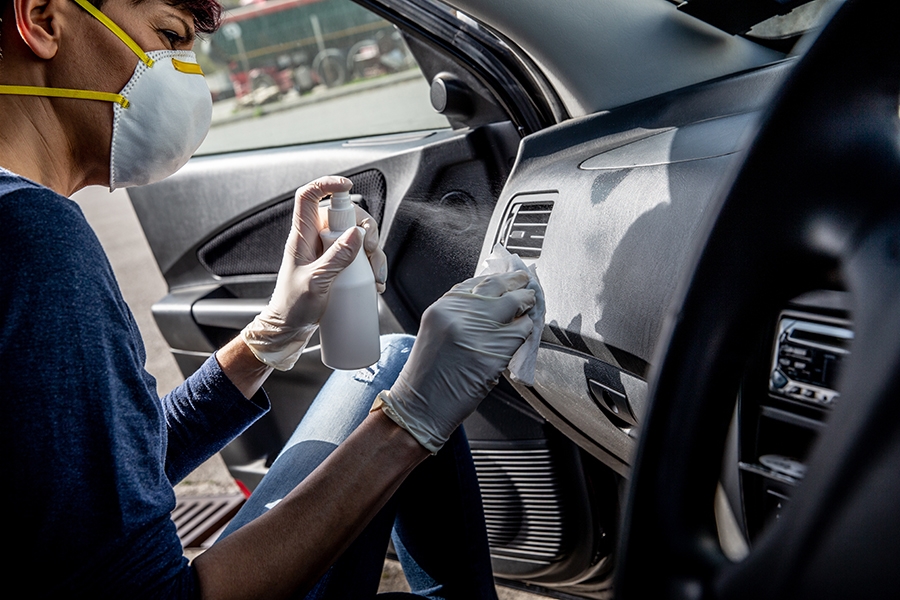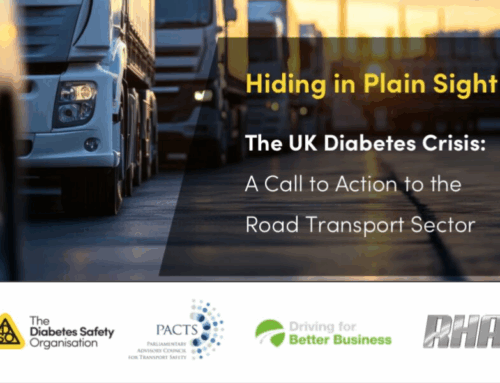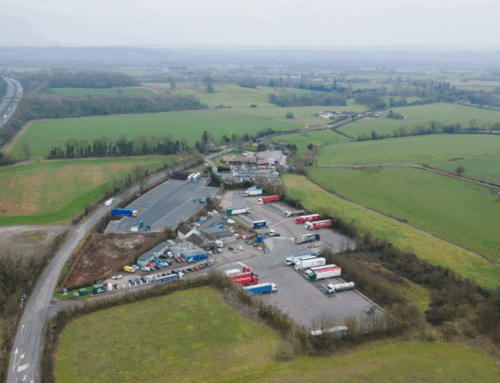The COVID-19 pandemic has forced multiple different industries and organisations to adjust their normal working practices, introduce temporary measures and even relax certain regulations in a bid to help operations continue amidst unprecedented challenges.
The Driver and Vehicle Standards Agency (DVSA) is no different. On 20th March, it announced that MOTs for heavy vehicles would be suspended for up to three months, as would driving tests except for critical workers. Five days later, it announced a six-month MOT extension for cars, vans and motorcycles.
With a variety of different announcements taking place at the same time, there is a risk of misinformation being circulated, especially on social media. Some individuals are misinterpreting the relaxation of certain rules – for example, failing to understand that drivers’ hours regulations were modified to support essential workers – not all workers. Organisations which misinterpret the legislation could fall foul of fines, reputational damage and putting their drivers’ welfare at risk through unsafe shift patterns.
Meanwhile, with MOT extensions clearly important to keep vital vehicles on the roads whilst test centres and garages are closed, vehicles which are on road for extended periods of time without inspection can introduce other challenges. A postponed MOT test does not absolve organisations of the responsibility to ensure that their vehicles are safe and roadworthy.
Organisations which require staff to drive for work fall into one of three distinctive categories – each of which are experiencing different challenges and risks as a result.
The first group is largely made up of those who traditionally use company cars, such as field sales teams, regional managers, managerial teams, as well as grey fleet users. This group is now largely able to work from home.
The second group covers non-essential commercial vehicles – that is, instances where the organisational fleet and has been mothballed and the drivers furloughed. Here, it is important for organisations to understand that MOT extensions have not removed the requirement to always ensure that vehicles are roadworthy, and all vehicles will require regular walkaround inspections throughout this period. Getting them back on the road after this period will also require a careful strategy.
The third group covers companies which are running essential services and whose drivers are therefore considered to be key workers. Many of these drivers are working under increased demand with a whole new set of challenges. These vehicles will also require walkaround inspections to keep them safe and roadworthy, but there are also multiple considerations for driver safety and wellbeing. Organisations which misunderstand the nuances of the changes to drivers’ hours regulations, or which fail to implement careful fatigue management procedures, risk both their drivers’ mental health and the safety of other road users. Exhausted drivers are more likely to have accidents, and drivers’ health and wellbeing may need particular attention, especially if they are working longer hours than normal.
Driving for Better Business has created a series of resources to help fleet operators and business owners manage those who drive for work within the context of the new challenges brought about by the COVID-19 pandemic. Click here to access our COVID-9 Transport Toolkit.






